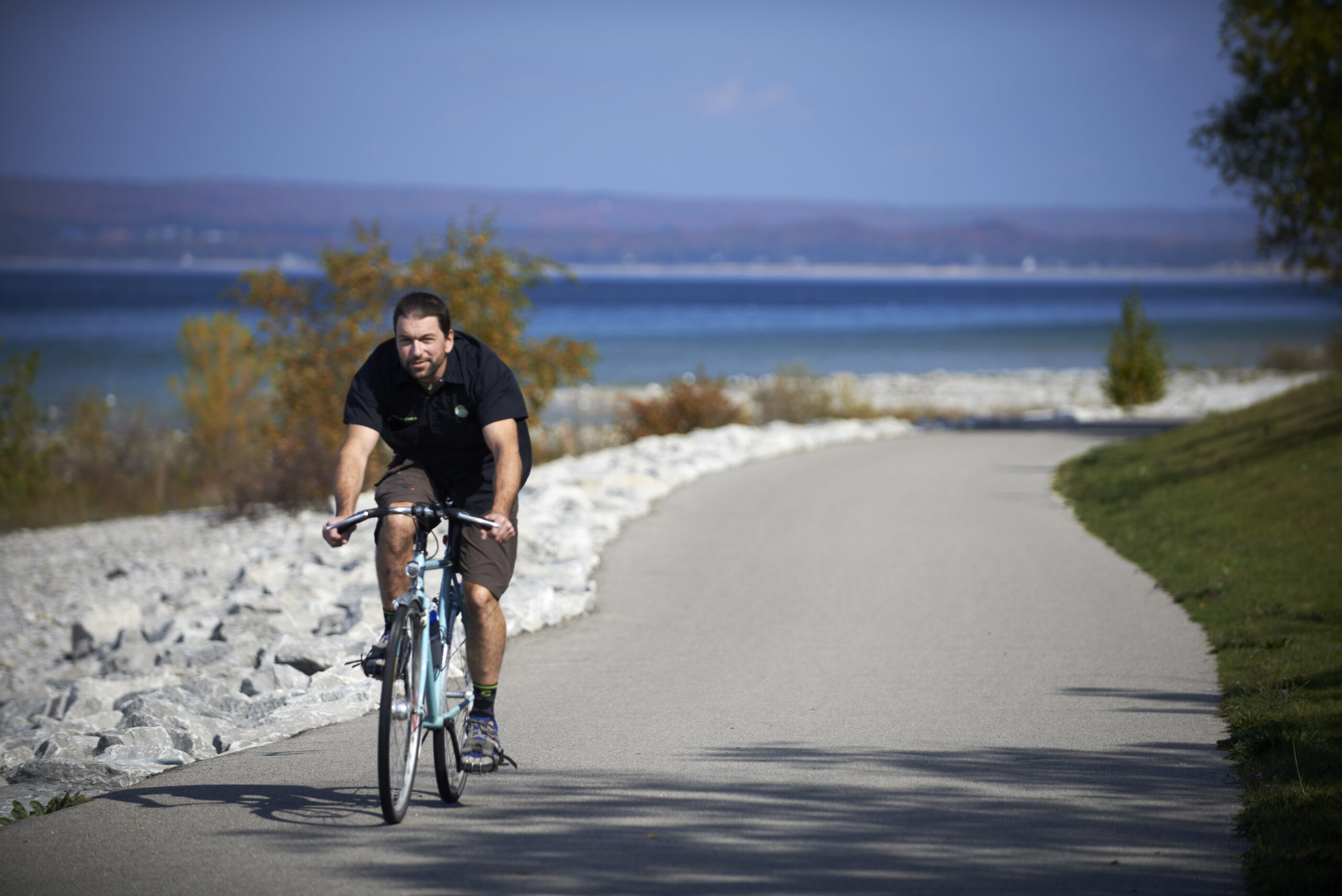Members of the Conservation Resource Alliance know how to apply good science to restore water quality in rivers and stabilize stream banks. They know what it takes to remove old dams and culverts and improve habitat for fish. A key to their success is they know how to foster collaborative land-use solutions that bring together private landowners, government agencies, non-profits, volunteers, funders and businesses with shared goals and a long view.
“We have a deep understanding of our partners,” says Amy Beyer, director of CRA. “We have invested a lot of time to know them well and to know what they do best. When issues come up, we know who can solve the problem and how it will be accomplished. In fact, we often know each other so well we can give each other’s elevator speeches!”
CRA was established in 1968 as part of a nationwide network of Resource Conservation and Development Councils, which were originally almost exclusively funded by the USDA. In the four-and-a-half decades since, CRA has evolved into a highly efficient nonprofit funded by a diverse mix of public and private dollars. The organization coordinates hundreds of natural resource and river-related projects throughout its 13-county service area. At the heart of its work is collaboration and advocating for practical solutions that balance the needs of people with the needs of nature.
In recent years, CRA has been working in the Jordan River watershed managing the removal of barriers and replacing road and stream crossings. As a high-priority project with a big price tag and many technical challenges, CRA staff knew that a comprehensive strategic plan could take many years to complete.
“It’s a complex project that has become a turning point in the restoration of the Jordan River,” says Amy. “There have been many roles for many different partners, and the solutions are providing opportunities for recreation, improved safety and infrastructure, and better habitat for fish and wildlife.”
CRA also serves as project manager for the “Boardman River Reborn”, a massive dam removal project that will reconnect some 160 miles of natural river habitat fragmented for over a century. It’s the largest project of its kind in the state. With a 20-year rollout, the level of complexity and investment has required hundreds of partners and funding sources.
CRA is up to the task. After more than 40 years of building partnerships, raising funds, balancing myriad priorities and addressing shared goals, CRA has earned both trust and high praise from the field.


